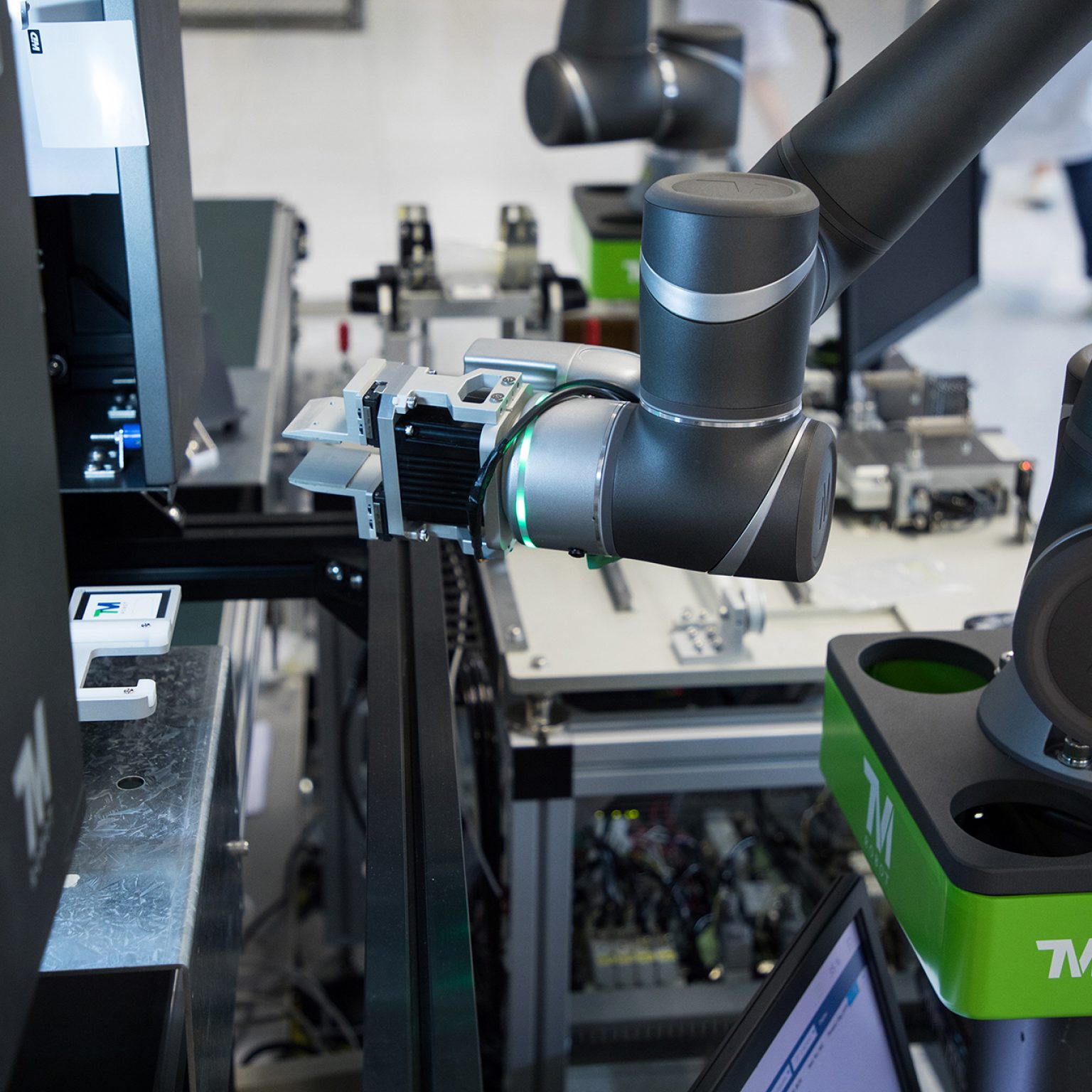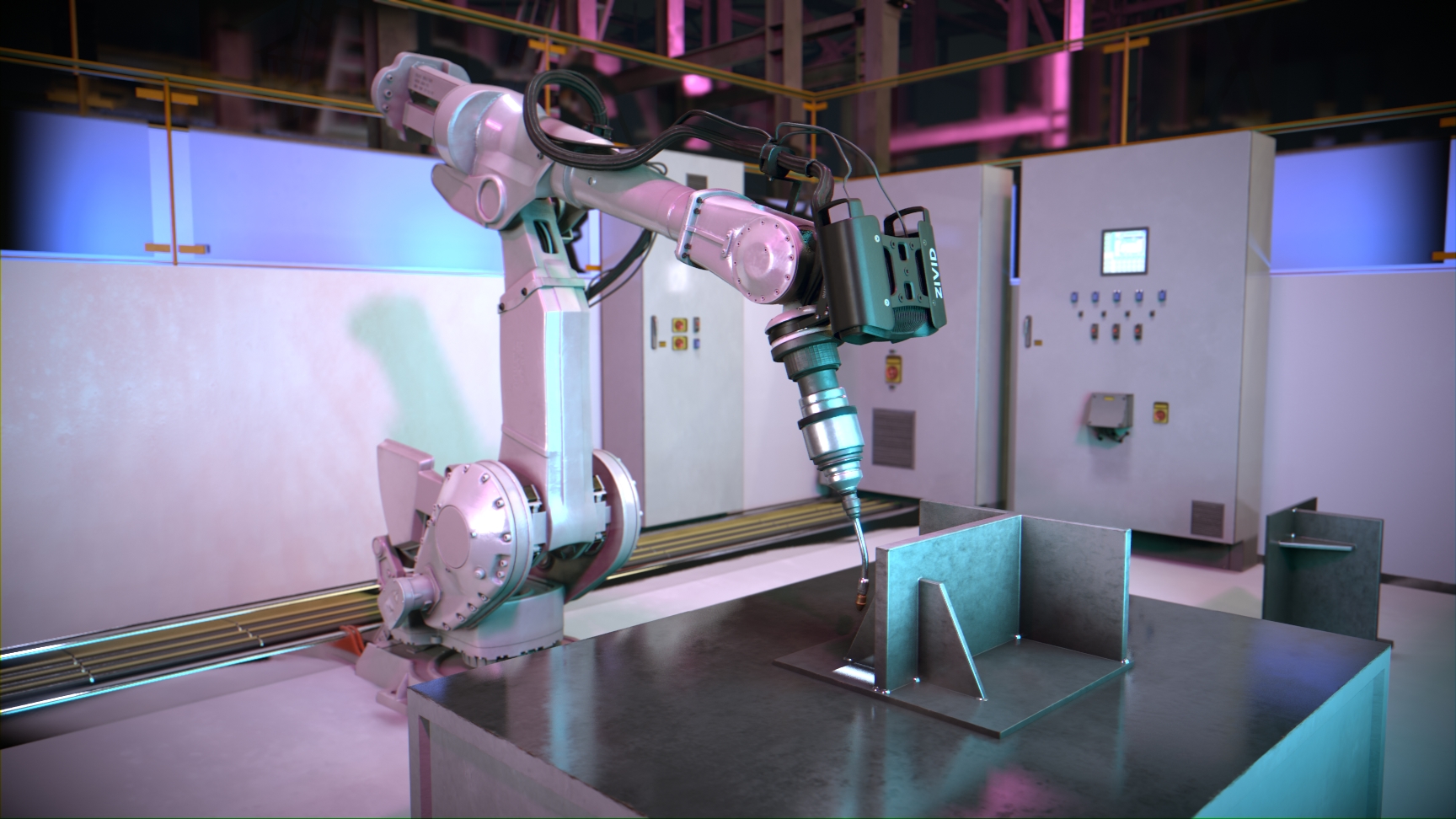The difference between traditional tools and optical fibre diameter analyser technology
Comprehending Robotic Vision: Why It Is Very Important for Modern Automation Processes
Robotic vision represents a significant innovation in automation modern technology. It enables machines to examine visual data, boosting their capability to do tasks with accuracy. This capacity is transforming sectors by boosting efficiency and lowering human error. Nonetheless, the integration of robotic vision likewise poses challenges. Recognizing its implications is important for organizations aiming to stay competitive. What variables influence its fostering, and exactly how can companies take advantage of this technology properly?
The Basics of Robotic Vision Technology
Robotic vision technology acts as the foundation of automation in different sectors, making it possible for equipments to perceive and interpret their environments. This modern technology integrates sophisticated imaging systems, such as electronic cameras and sensing units, with advanced formulas that process visual information. By capturing images and evaluating them in real-time, robotic vision allows machines to identify objects, assess their settings, and make educated decisions based upon aesthetic input.Key elements of robotic vision include photo processing methods, maker knowing designs, and depth assumption systems, which work jointly to improve a robotic's understanding of its environment. Calibration and environmental versatility are likewise crucial, making sure that systems can operate successfully under diverse conditions. This fundamental modern technology not just enhances operational performance however likewise enhances safety and security by permitting robotics to navigate complex environments while minimizing mistakes and crashes. As markets remain to evolve, the importance of durable robot vision modern technology stays paramount in driving development and productivity.
Key Applications of Robotic Vision in Sector
The application of robot vision modern technology extends a wide variety of sectors, considerably boosting operational abilities and effectiveness. In manufacturing, robotic vision systems make it possible for specific evaluation and quality control, making sure products meet stringent requirements. In the automotive market, these systems help in tasks such as part assembly and issue discovery, improving manufacturing lines.In logistics, robotic vision plays an important duty in automated material handling, enabling robots to browse complex settings and precisely recognize items for sorting and packing. The food sector uses robot vision for arranging and packaging, making sure consistency and compliance with wellness regulations.Additionally, in healthcare, robotic vision aids in operations and diagnostics, providing improved precision and reducing risks. Generally, the varied applications of robotic vision technology contribute to boosted performance and development throughout numerous fields, showing its importance in modern industrial processes.
Advantages of Applying Robotic Vision Solutions
Carrying out robot vision systems supplies numerous benefits that significantly enhance operational effectiveness and accuracy across various industries. These systems allow devices to view and translate their surroundings, leading to enhanced decision-making procedures. Boosted precision in jobs such as top quality control and sorting reduces human error, ensuring consistent product standards.Moreover, robot vision systems can operate constantly, raising efficiency while minimizing labor expenses. They are qualified of doing elaborate tasks at high rates, enabling faster production cycles. The combination of sophisticated imaging technologies facilitates you could try these out real-time data collection, encouraging business to evaluate efficiency metrics and enhance operations.Additionally, the adaptability of robot vision systems enables them to be employed in varied applications, from automobile production line to food product packaging. By offering trustworthy and precise automation solutions, these systems assist businesses maintain an one-upmanship in a significantly automated marketplace, highlighting their essential function in contemporary manufacturing settings.
Difficulties and Limitations of Robotic Vision
While robotic vision systems use significant advantages, they also face a number of challenges and limitations that can prevent their effectiveness. One main difficulty is the irregularity in lighting conditions, which can greatly impact image top quality and lead to misinterpretation of aesthetic data. Furthermore, the intricacy of real-world environments, loaded with dynamic objects and varying appearances, poses troubles in things recognition and tracking.Another limitation is the reliance on top quality sensing units and advanced formulas, which can be pricey and require considerable calibration. Furthermore, robotic vision systems might fight with depth understanding and three-dimensional understanding, especially in chaotic settings. optical fibre diameter analyser.Finally, the assimilation of robotic vision with existing automation systems can be complex, calling for comprehensive training and shows. These challenges highlight the value of ongoing r & d to enhance the abilities and dependability of robotic vision modern technologies in different applications
The Future of Robotic Vision in Automation
The future of Your Domain Name robot vision in automation promises substantial innovations in boosted things acknowledgment and improved navigation systems. As innovation progresses, these technologies will certainly allow robots to connect more successfully with their environments and do complex jobs with better precision. This development is anticipated to redefine operational abilities across numerous industries.
Improved Object Acknowledgment


Improved things acknowledgment stands at the center of advancements in robot vision, changing exactly how automation systems view and engage with their atmospheres. This technology enables robots to identify and classify a substantial range of things with amazing accuracy, promoting more effective procedures throughout various industries. Using deep learning algorithms and progressed imaging strategies, systems can identify items in dynamic settings, adjusting to modifications in lights, angles, and occlusions. Therefore, boosted item recognition not just enhances processes such as arranging, choosing, and quality assurance however also reduces mistakes and increases efficiency. The continual advancement in this field assures to better incorporate robotics into everyday jobs, significantly boosting functional efficiency and leading the way for smarter automation remedies.
Better Navigation Solutions
Innovations in navigating systems are positioned to reinvent robotic vision in automation, making it possible for robots to pass through complicated settings with unmatched accuracy. By integrating innovative sensors, synthetic intelligence, and device discovering algorithms, these systems assist in real-time mapping and localization. This enables robots to adapt to vibrant surroundings, preventing barriers and enhancing routes efficiently. Boosted navigating capacities equip robots to perform tasks in various setups, from warehouses to healthcare facilities, improving productivity and safety and security. In addition, the continual development of these modern technologies guarantees to decrease operational costs by minimizing errors and downtime. As the need for automation increases, enhanced navigation systems will play a crucial function in forming the future of robotic vision, a fantastic read guaranteeing smooth integration into day-to-day procedures.
Incorporating Robotic Vision With Other Technologies
Integrating robotic vision with other technologies greatly improves automation capabilities across various sectors. By integrating innovative imaging systems with expert system, equipment discovering, and Internet of Things (IoT) connection, companies can achieve unmatched efficiency and precision in their operations. For circumstances, robot vision can be utilized in conjunction with artificial intelligence formulas to enhance things acknowledgment and decision-making processes, allowing robotics to adapt to dynamic environments.Additionally, when incorporated with IoT tools, robotic vision systems can facilitate real-time data evaluation and feedback loops, maximizing operations and decreasing downtime. This synergy permits exact quality assurance and anticipating upkeep, ultimately minimizing operational costs. Furthermore, combination with joint robotics (cobots) boosts human-robot communication, making automation more secure and more efficient in atmospheres where human oversight is required. The merging of robot vision with complementary technologies is pivotal for driving advancement and efficiency in modern automation procedures.
Frequently Asked Questions
Exactly How Does Robotic Vision Differ From Human Vision?

What Kinds of Cameras Are Made Use Of in Robotic Vision?
Different sorts of video cameras are utilized in robotic vision, including CCD, CMOS, and deepness electronic cameras. fibre testing equipment. These cameras allow robotics to regard their setting, helping with tasks such as things acknowledgment, navigating, and top quality assessment in automated systems
Can Robotic Vision Systems Learn From Experience?
Robotic vision systems can certainly gain from experience. With innovative algorithms and machine understanding strategies, they adjust and improve their aesthetic recognition capabilities, boosting their performance in different tasks in time as they refine new data.
Exactly How Do Illumination Issues Affect Robotic Vision Performance?
Lighting problems considerably affect robot vision performance by influencing image contrast, shade accuracy, and item detection capabilities. Insufficient or extreme light can lead to misinterpretation of visual information, impacting the overall effectiveness of robotic systems.
Are There Safety And Security Issues With Making Use Of Robotic Vision?
Safety and security worry about robot vision consist of possible misinterpretations of environments, leading to crashes. Insufficient sensor calibration or ecological modifications can worsen these threats, demanding rigorous screening and adherence to safety requirements for reliable execution.